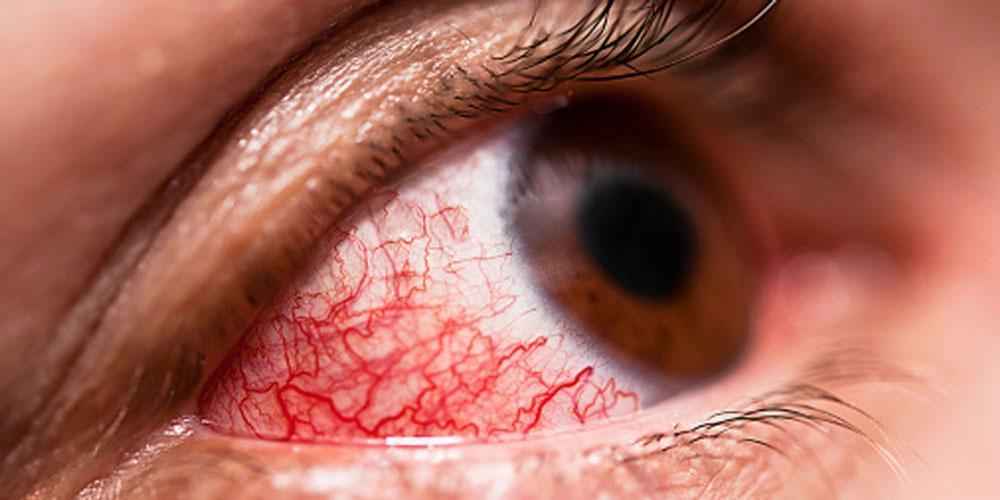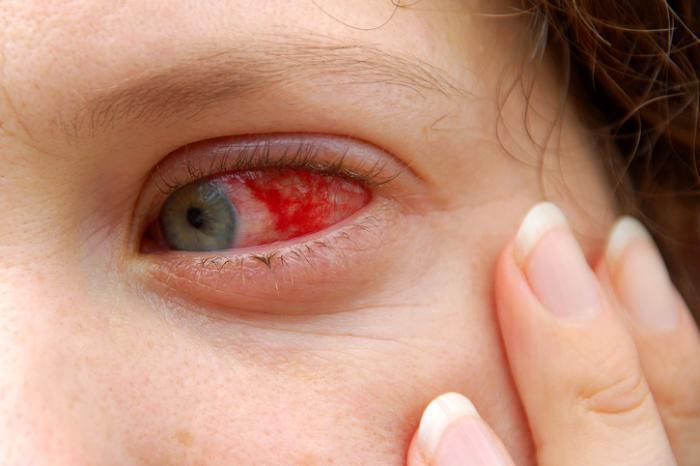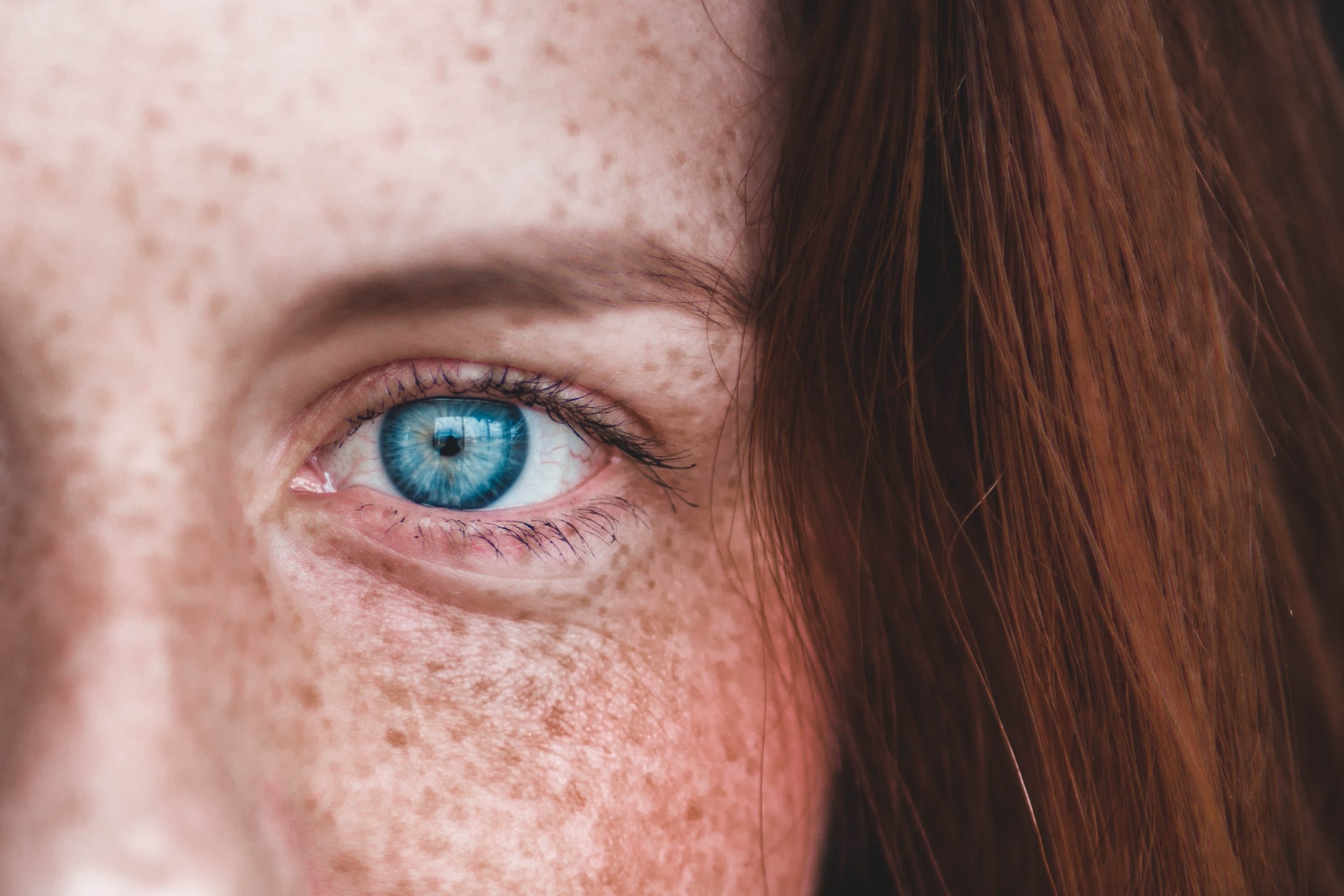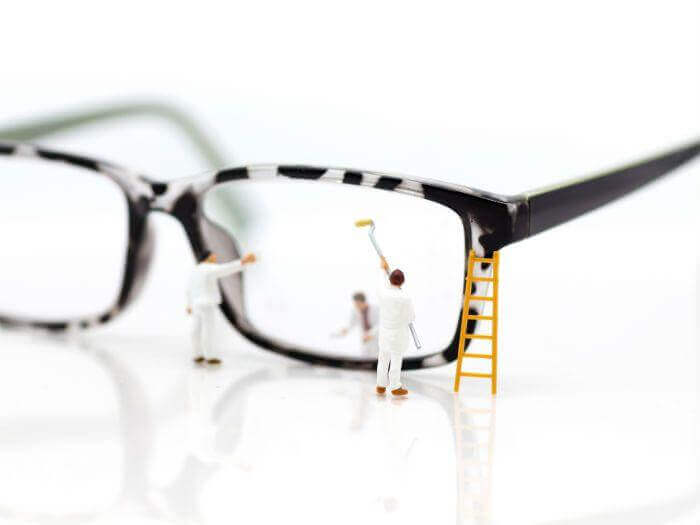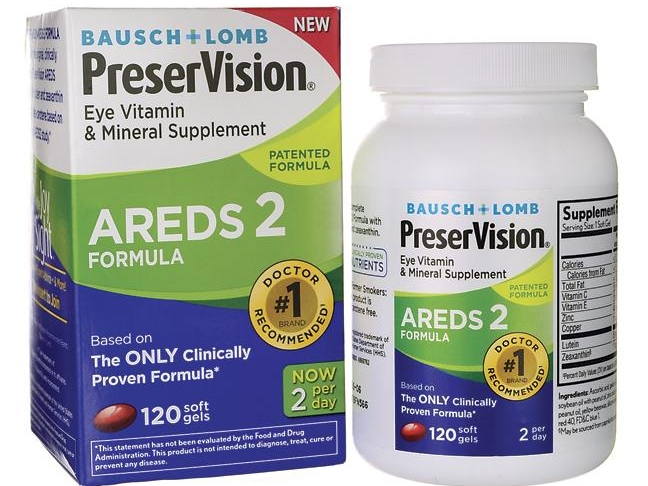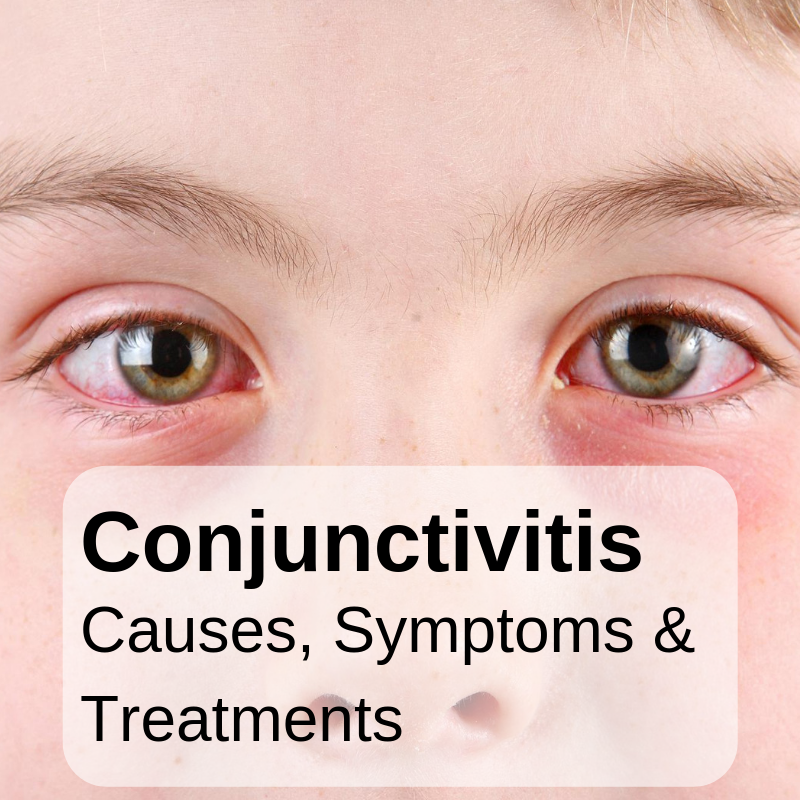Red Eyes And How To Treat Them
/Red eye is so common that most of us have experienced it. The red streaks that run over the sclera —the white part of the eye— often occur when we are tired or fatigued, and they can make your eyes feel uncomfortable, watery, or itchy.
The appearance of red eye can vary widely. It can look like there are many pink or red lines on the sclera, or alternatively the whole of the sclera may appear diffusely pink or red.
Red eye can occur in either eye, or both simultaneously. Here are a few of the most common symptoms, aside from the redness of the sclera:
Red Eye Symptoms
Burning sensations
Itchiness or irritation
Mucus discharge
Watery eyes
Blurry vision
Dryness
In some cases, red eyes may just be red and not show any other symptom.
If you want to treat red eyes you’ll need to start by determining the cause of the problem in order to avoid additional irritation.
Causes of Red Eye
The redness happens when blood vessels under the surface of the eye get inflamed or dilated. This is usually due to a external irritation.
If your eyes turn red, do not panic as this is often a harmless irritation that can easily be cured by following some home remedies or over- the counter eye drops.
Red eyes are caused by:
Swimming in water without swimming goggles
Hay fever
Airborne allergens, like dust, pollen or cigarette smoke
Over exposure to sunlight without UV blocking sunglasses
Conjuctivitis
Uveitis
Corneal ulcer
Dry Eye Syndrome
Subconjunctival hemorrhage
Treatments For Red Eye
Most of us will mainly experience the more typical red eyes that can be treated at home. Here are a few home treatments.
Using a cool moist cloth over your closed eyes during the day
Wash your hands regularly and avoid touching your eyes
Using over the counter artificial tears such as Systane Complete
Using antihistamine drops such as Zaditor or Alaway – especially if you prone to allergies
If you had been previously diagnosed with red eyes due to allergies, use antihistamine that has a steroid
Home remedies should clear red eyes within a week. If the problem continues, it could be an infection.
There are two main types of infections that can cause red eyes – bacteria and viral.
It's vital that you see a doctor because treatment is different for each type.
When Should You See A Doctor?
Because red eye can have so many causes (including serious causes that require immediate medicla attention), you should see your eye doctor right away if you have red, bloodshot eyes —especially if the redness comes on suddenly, or is accompanied by discomfort or blurred vision.
Other serious symptoms you should watch out for if you find your eyes suddenly red and bloodshot include:
Unusual tenderness and pain in your eyes
You notice a change of vision
You are sick or have a fever
You have a crust of yellow, brown or green mucus –could be an underlying eye illness
You notice excessive tearing
You become extremely sensitive to light
The discomfort of the eyes and the redness last more than a week
If you’re experiencing any of these serious symptoms you should see a doctor; you can schedule an appointment with one of Midtown Optometry’s trained optical specialists by clicking on the button below:
Sometimes your doctor may recommend you use the home remedies if you have a mild viral infection, which is usually the most common case. However, if you are diagnosed with bacterial infection, you’ll have to use antibiotics.
We all realize how important it is to take care of your eyes but don’t forget to take caution when you are ill to avoid contact with other people because both viral and bacterial red eye infections can easily spread from one person to another.
We also advise that you stop wearing contact lenses until you have cleared the redness. Wear glasses instead. If you’re seeing your eye doctor for your red eyes, it is also recommended that you bring along your contacts so your doctor can evaluate whether they are causing or contributing to your Red Eye.

